The Tra Bong River system has a total length of 45 km, covering most of the area of Tra Bong and Binh Son districts. In the upper reaches, the river flows through mountainous areas, with an altitude of 200 - 1,300 m.
The upper reaches of the Tra Bong River are home to the Cor ethnic group. According to 2019 statistics, the Cor ethnic group has a total of 40,442 people, of which Quang Ngai has 33,227 people, accounting for 82.16%. This is an ethnic group with a unique and diverse cultural tradition, both brave and indomitable. The Tra Bong uprising in 1959 took place mainly in the upper reaches of the Tra Bong River and the Cor people actively participated right from the time secret resistance bases were formed in the deep forest.
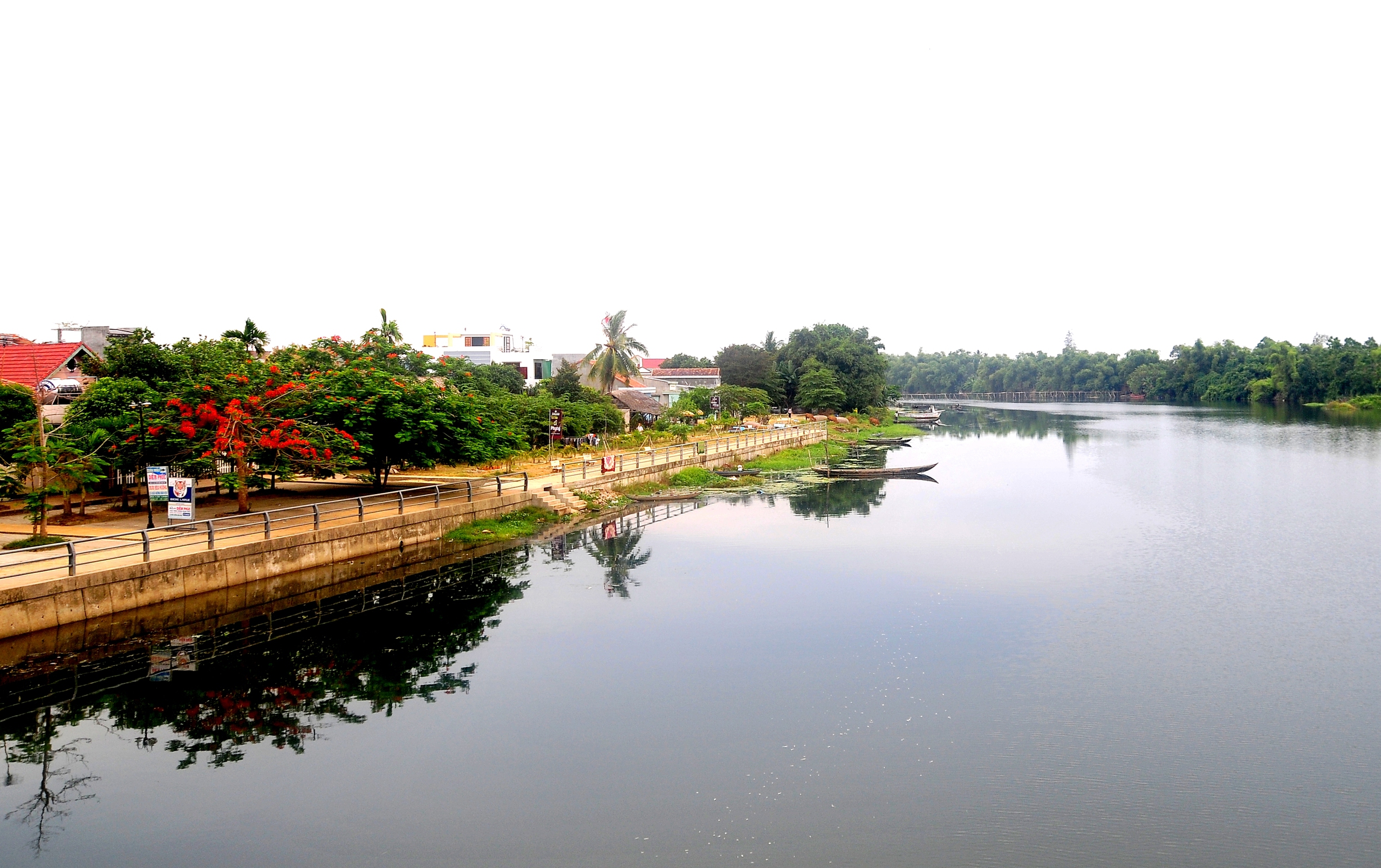
Tra Bong River through Binh Duong Island
Truong Ba Temple (National historical and cultural relic; located in Tra Xuan commune, Tra Bong district) and Tho An communal house (Binh An commune, Binh Son district) are two quite famous relics associated with the headwaters of Tra Bong river. Truong Ba Temple is located on the left bank of Tra Bong river, worshiping goddess Thien YA Na (Mother of the land), a relic related to the beliefs of Cham people (pre-settlers), but worshiped by both Vietnamese people (migrants), Cor people (indigenous people) and Chinese people (migrants), demonstrating the relationship of "working together" during the land opening period and the integration and inheritance of cultural quintessence of the community.
Tho An Communal House is associated with the Can Vuong uprising led by Le Trung Dinh in July 1885. From 1869 to 1872, Quang Ngai Governor Nguyen Thong (1827-1884) joined forces with the mandarins in the province to recruit poor people to reclaim Tuyen Tung land, secretly build bases, store food, and train soldiers. Tho An Communal House was both a village communal house and a training base for the insurgents built during this time.
River of Poetry and Legend
And the river bustles with life
Also bustling and shining with the West Thi
( A Village of Memories - 1939 - Te Hanh)
If in the upper reaches of the Tra Bong River the water flows turbulently, with many rapids and waterfalls, then the rest of the river flows slowly, forming many islands and mounds.
From the east of Chau O town, Tra Bong river splits in two, like a kind mother nature spreading her arms to embrace her child, Binh Duong island. It is just a river island, or more accurately a triangle in the lower reaches of Tra Bong river, but Binh Duong has an area of 9.08 km², almost equal to Ly Son island district (10.39 km²).
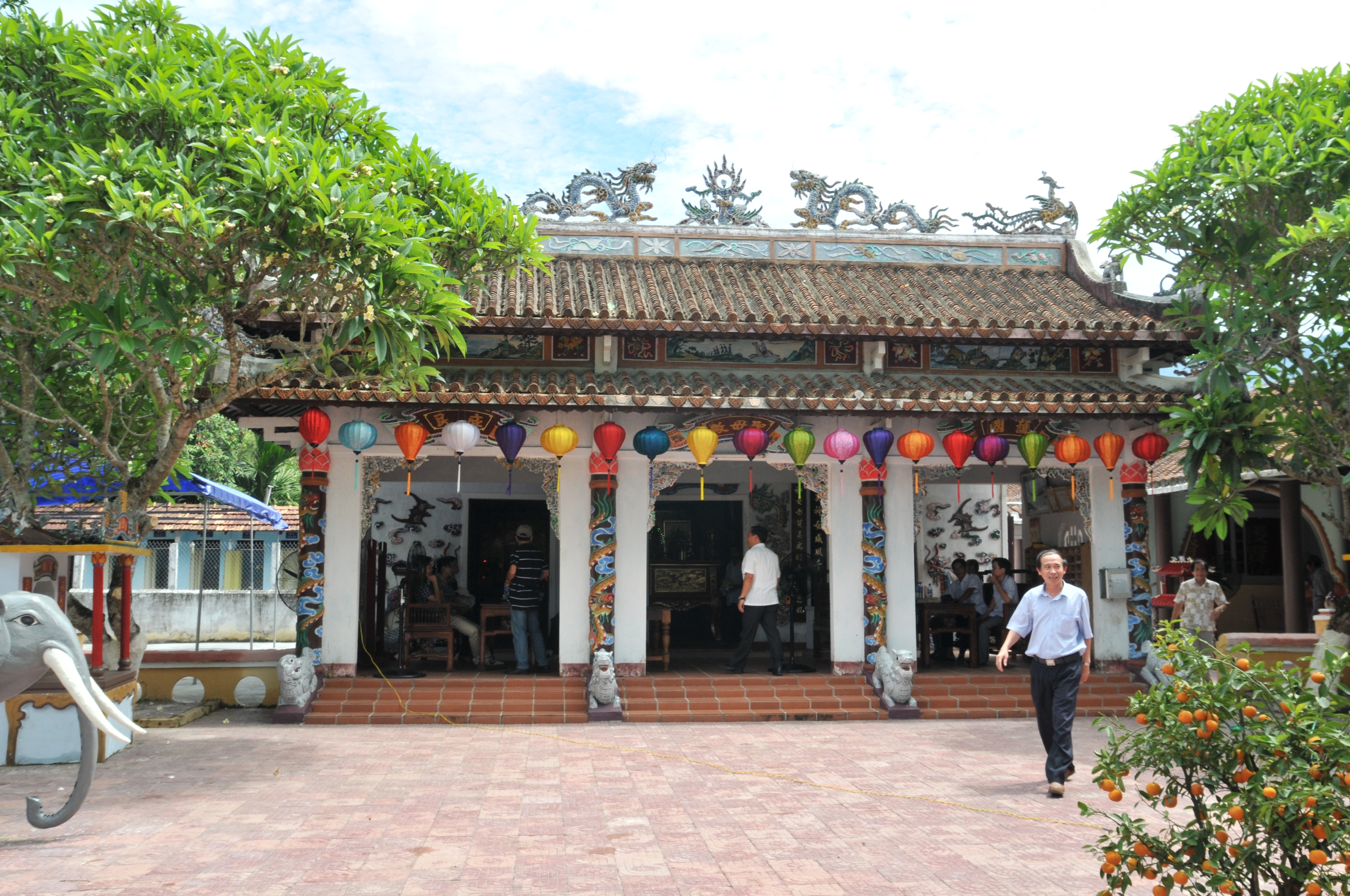
Dien Truong Ba relic
Around the end of the 15th century and the beginning of the 16th century, groups of Vietnamese residents from the north came here to open up, settle down, and establish two villages, Dong Yen and My Hue, now Binh Duong commune, Binh Son district (Quang Ngai). Right from the beginning of arriving in the new land, the agricultural residents gradually spread out to My Hue to have more land for cultivation, while the fishing clans stuck along the river, forming Dong Yen village, continuing to maintain their profession in the new conditions, "half a day's river ride from the sea" ( Homeland ) as poet Te Hanh once wrote about his hometown.
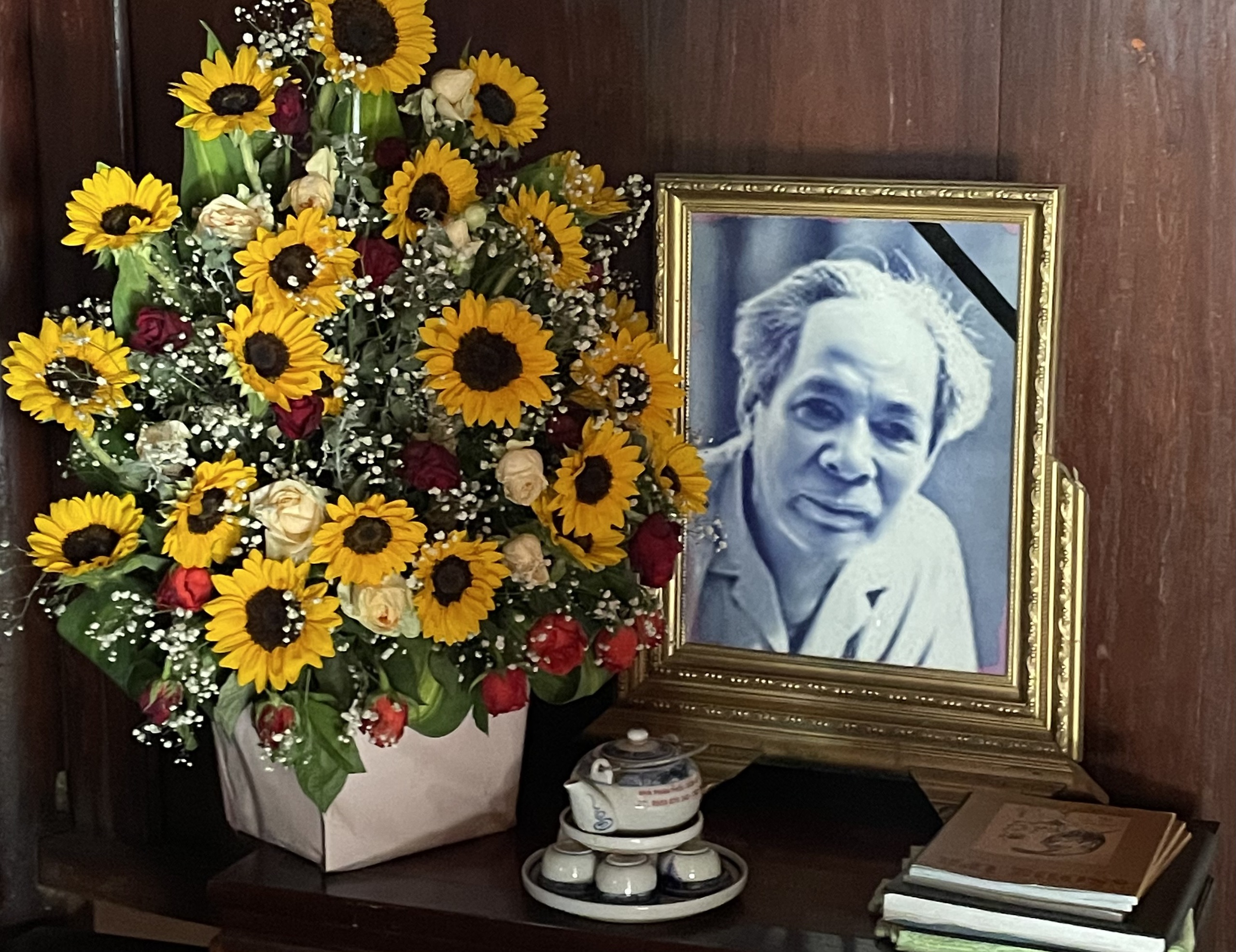
Image of poet Te Hanh in his childhood home (Binh Duong, Binh Son)
Binh Duong Island is also the hometown of a famous figure in the early Nguyen Dynasty, Mr. Tran Cong Hien (? - 1817), the first governor of Hai Duong town and held this position for 15 consecutive years. He was the one who urged the construction of dikes to prevent salinity, creating more than 8,000 hectares of rice fields in the two districts of Vinh Lai and Tu Ky. Hai Duong people respectfully call Tran Cong Hien "Mr. Encroaching on the Sea". Hai Hoc Duong Printing House, built by Tran Cong Hien and a number of like-minded people, collected and printed many valuable works of modern Vietnamese literature.
If the upper reaches of the Tra Bong River are associated with the folk songs of the Xa Lu and A Gioi, and the Ca Dao dance of the Cor people, then the lower reaches of the river are the land of folk songs and folk songs of the Vietnamese people in the estuary and coastal areas: Ong singing, Ba Trao dancing, lullabies, Nhon Ngai antiphonal singing, boat racing festivals, Whale worshiping festivals... And almost all poetry lovers know that this is the hometown of poet Te Hanh (1921-2009). His poetry from his youth to the last years of his life was still "passionate" with the River of his homeland and the land of Binh Duong, which he called "The land of beautiful girls". Many poems written by the poet about his hometown Binh Duong island have become masterpieces of Vietnamese poetry: Homeland, Words of the country road, Remembering the river of the homeland ... (to be continued)
Source: https://thanhnien.vn/ke-chuyen-dong-song-xu-quang-con-song-que-huong-cua-nha-tho-te-hanh-18524111621093401.htm


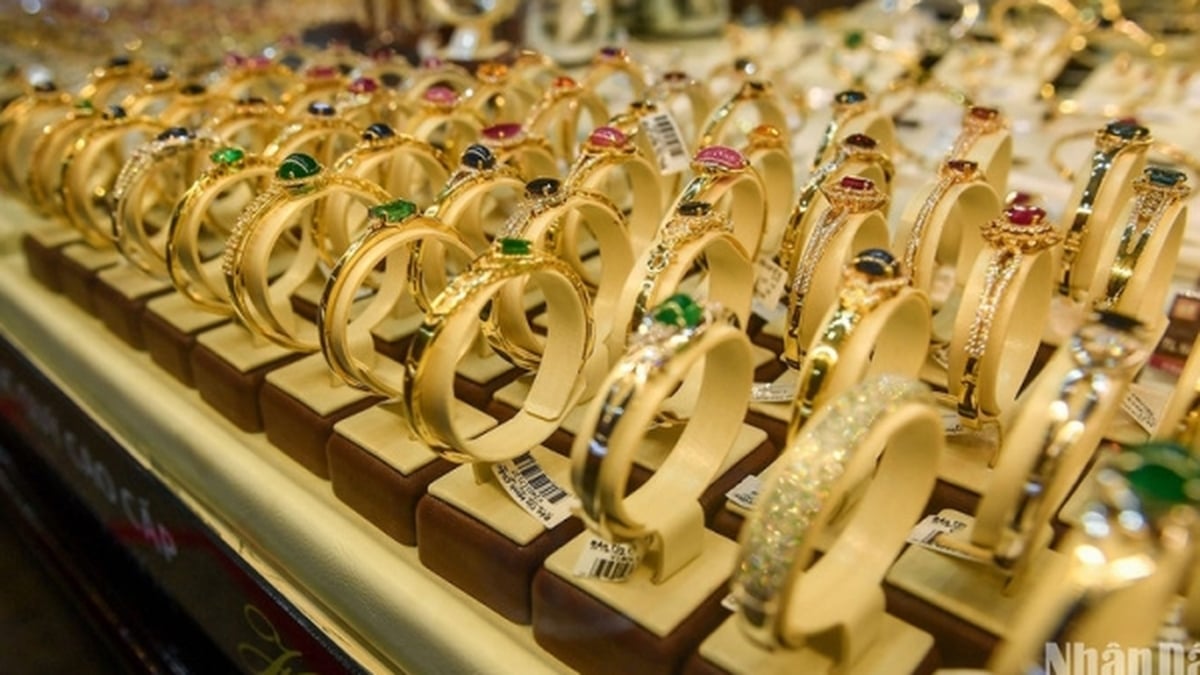
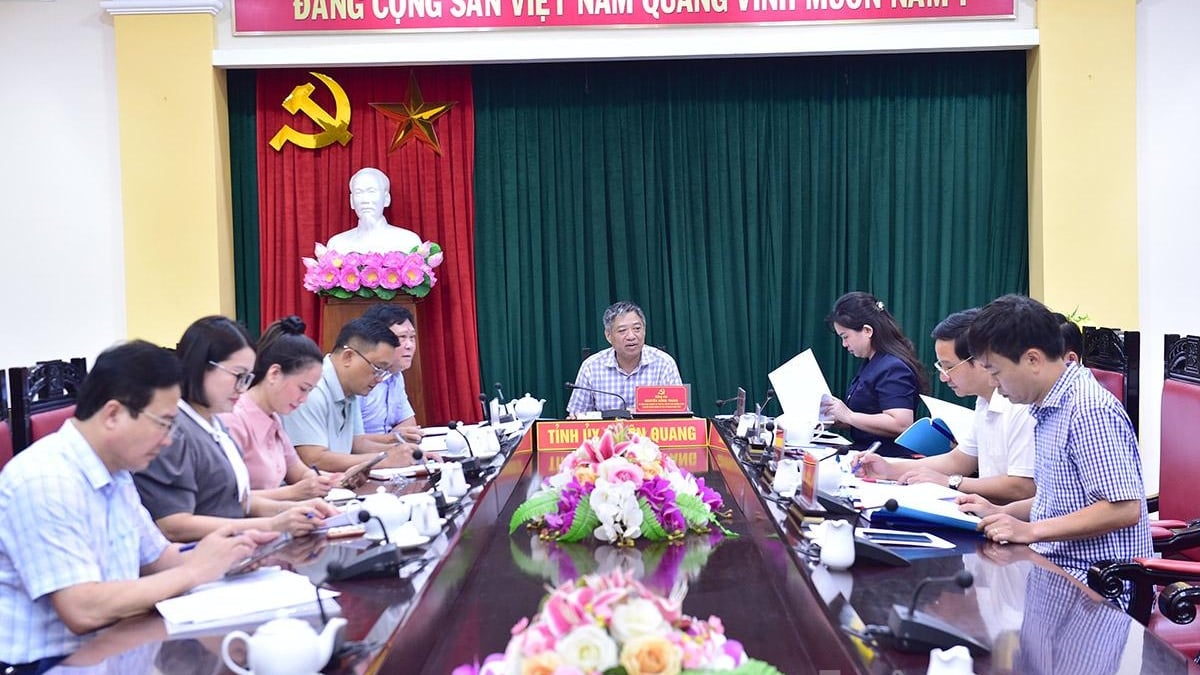


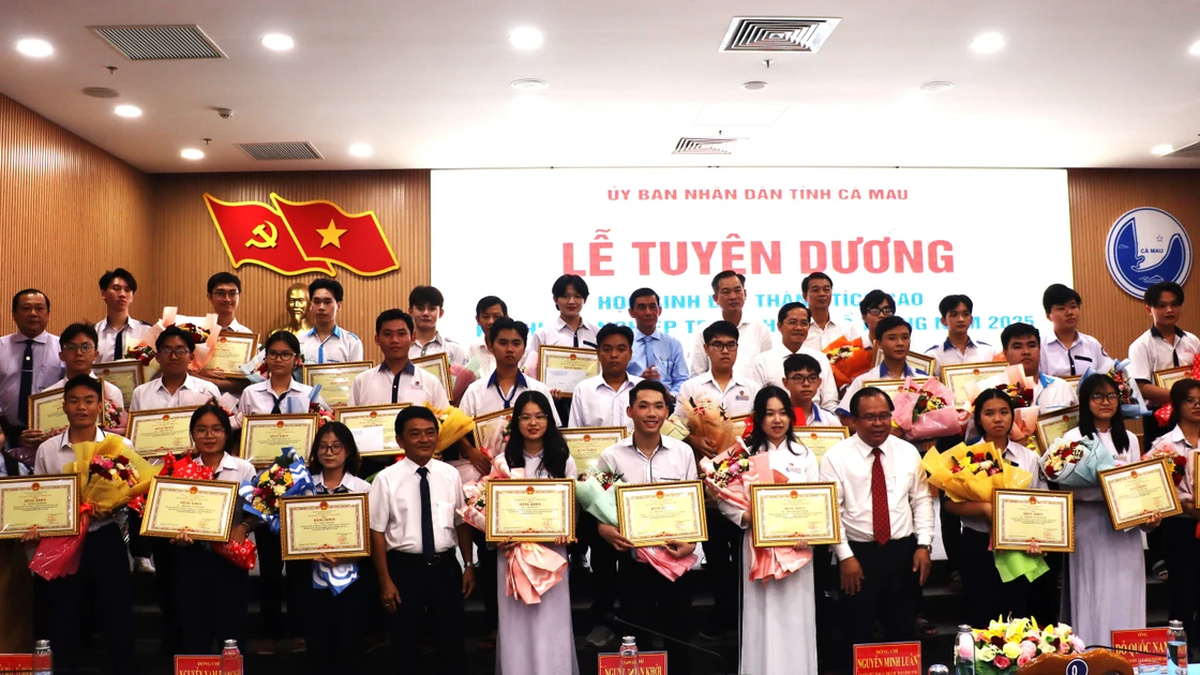
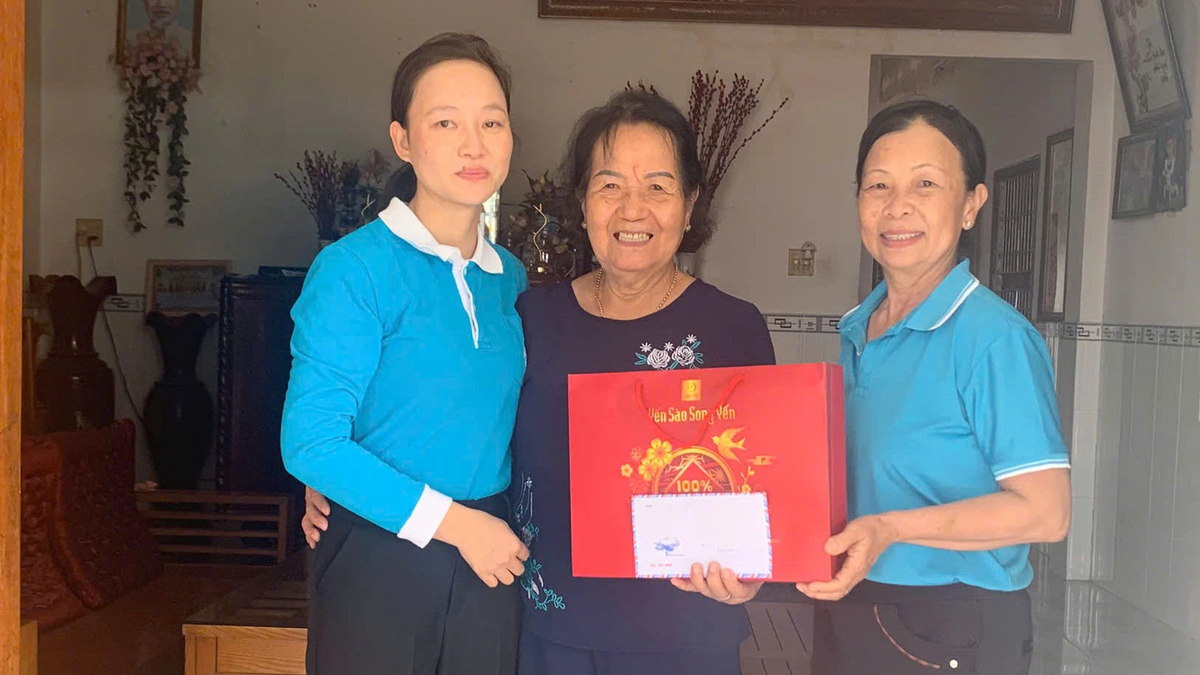
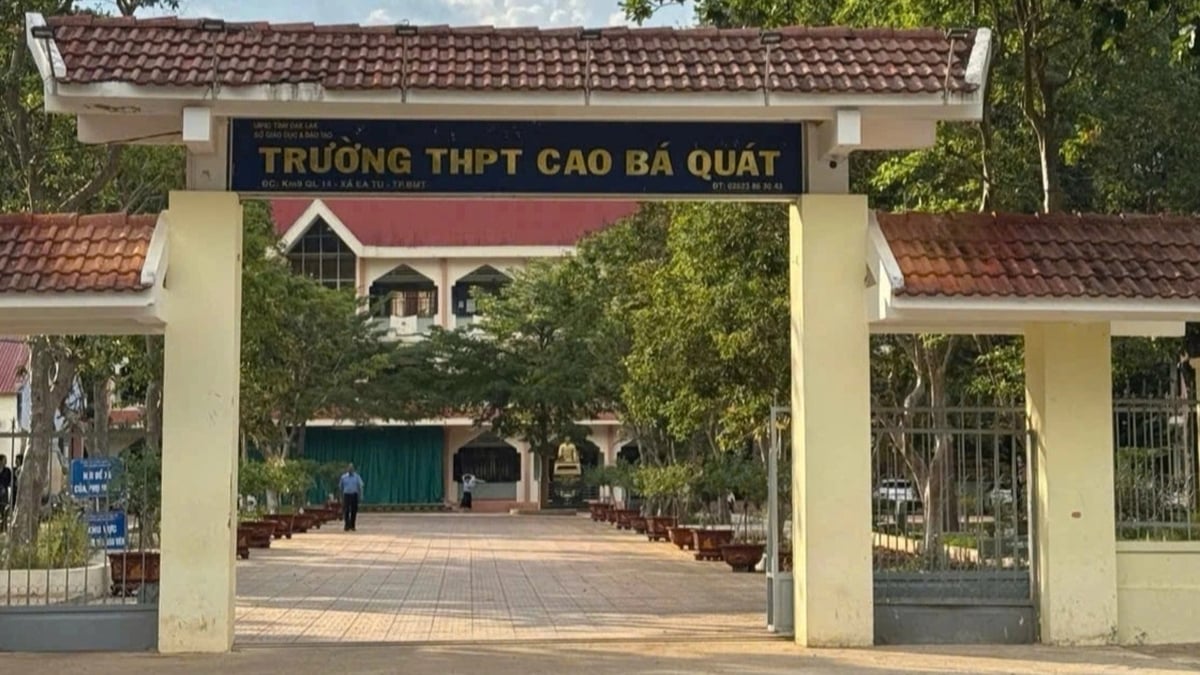
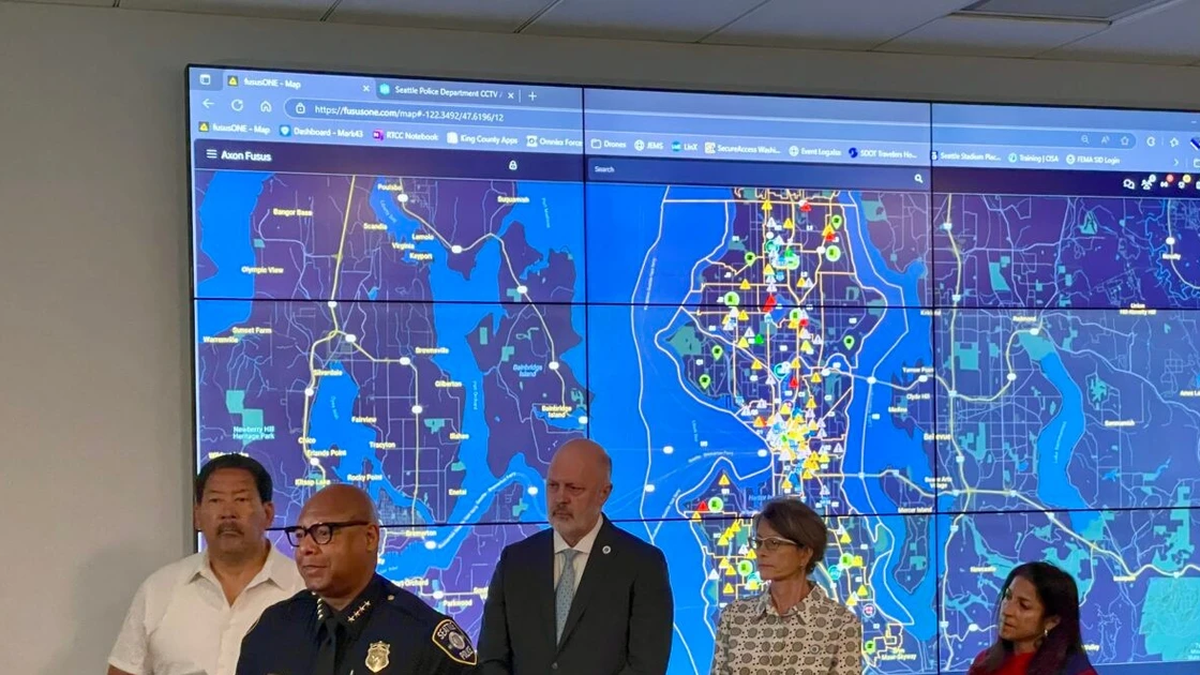
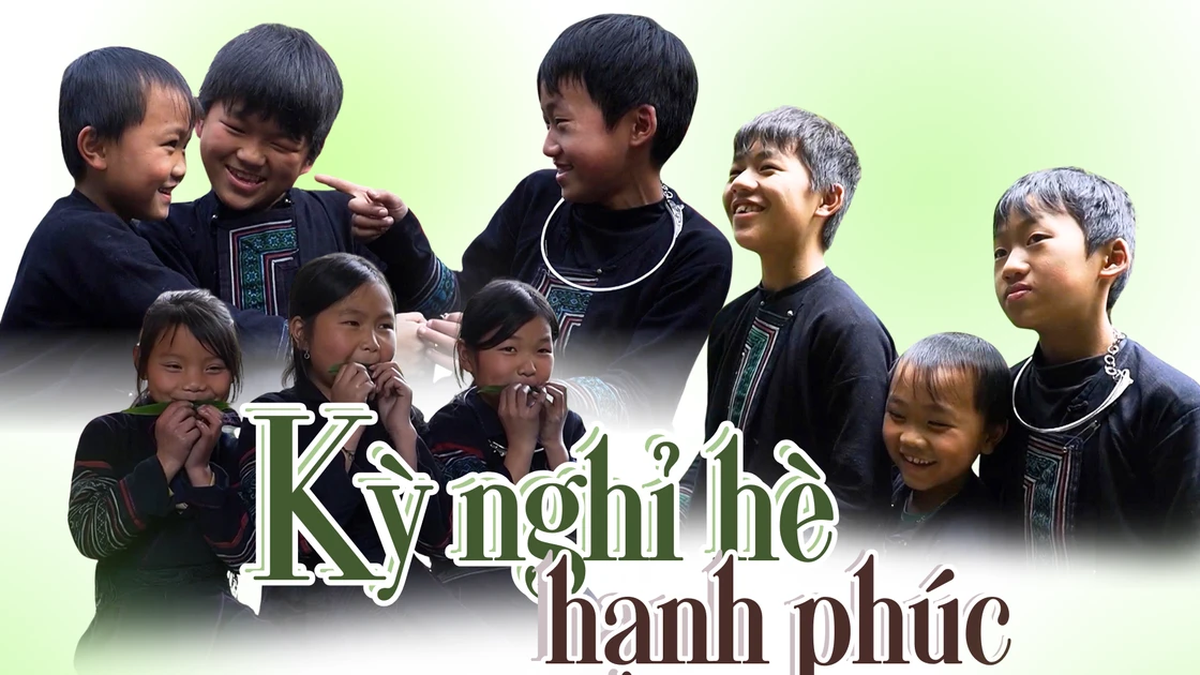
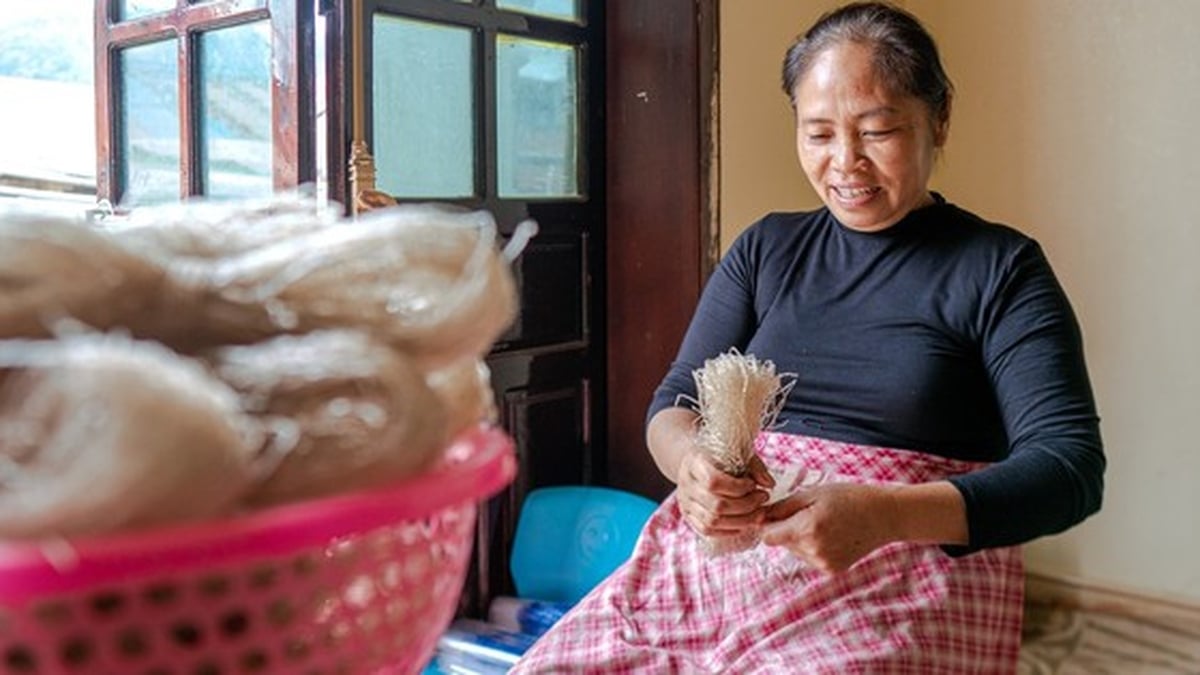























































































Comment (0)